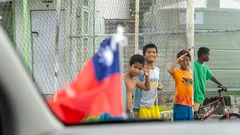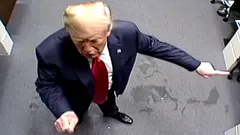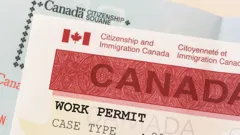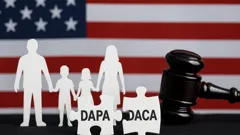262
9
4 minutes
Suggested Articles

First-generation Ivy Leaguers triumph over unique college challenges
Discover key insights, life hacks, and data-driven tips for first-generation college students thriving in prestigious U.S. universities. Find practical strategies, unique challenges, and fresh perspectives essential for student success.

Families face hard choices as new rule narrows Head Start access for immigrant children
News & Updates

Indian students face rising US visa hurdles and turn to new destinations for brighter futures
News & Updates

Diplomats warn sweeping State Department layoffs threaten US global influence
News & Updates

Students and educators defend free speech as campus politics reshape college life
Civic Education

Federal funding delays threaten vital support for US students and schools
News & Updates

Inside the immigration reform battle that’s reshaping America’s future
News & Updates

August 2025 Open Work Permit Changes Bring New Hope for Families in America
Resources & Tools

Student loan forgiveness debate heats up as new proposals shape your future
News & Updates

DAPA and DACA: Understanding Their Role in U.S. Immigration Policy
Civic Education

US withdrawal from UNESCO reshapes global education and cultural influence
Civic Education

First-generation Ivy Leaguers triumph over unique college challenges
Hiring

Americans brace for possible Social Security cuts that reshape retirement
News & Updates

Why this Florida data leak changes how we think about privacy
News & Updates

Build your own AI chatbot and unlock hands-on tech superpowers
Resources & Tools

How to outsmart hidden medical expenses in your golden years
Civic Education

California workers secure jobs this summer with new 2025 laws
Hiring
 Love Women Vibes
Love Women Vibes

Comments